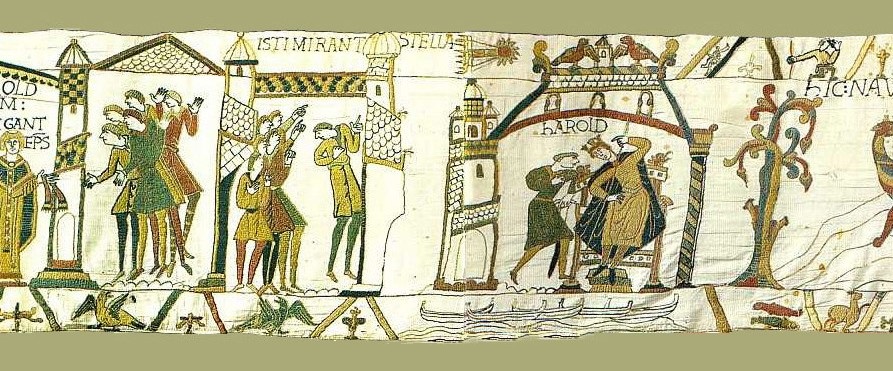‘Planet Nine’ Seen in Medieval Ages? The Proof Could Be Sewn into a Tapestry

There is a hypothetical planet at the edge of our solar system called ‘Planet Nine’ and the medieval ages are full of records of comets passing through the ‘heavens’. But researchers started browsing the old scrolls and tapestries to learn more about the mysterious Planet Nine.
Two researchers at the Queen’s University Belfast in Northern Ireland have started their complex project. One of them is Marilina Cesario, university medievalist, who explains what sources they’ve started studying:
“We have a wealth of historical records of comets in Old English, Old Irish, Latin and Russian which have been overlooked for a long time. Early medieval people were fascinated by the heavens, as much as we are today.”
The records are very useful, as they include dates and times which can be used to prove astronomy events.
Where is Planet Nine?
Planet Nine should be 10 times bigger than Earth and should orbit the Sun 20 times farther than Neptune does. Scientists believe that planet Nine might exist, which could also explain the gravitational forces beyond Neptune. However, nobody could yet detect the planet, even with telescopes.
But the other leader of the project, Pedro Lacerda, an astronomer at Queen’s University now looks not toward the skies, but inside medieval records.
“We can take the orbits of comets currently known and use a computer to calculate the times when those comets would be visible in the skies during the Middle Ages. The precise times depend on whether our computer simulations include Planet Nine. So, in simple terms, we can use the medieval comet sightings to check which computer simulations work best: the ones that include Planet Nine or the ones that do not.”
Halley Comet’s Passing Was Weaved into a Tapestry
The two leaders of the project started after getting a fund for a project which combines both arts and sciences. They have also put together an exhibition of images from modern astronomy and illustrations from the Dark Ages and reports comets. There is also a report dating back to 1066 on the Halley Comet passing by. The report has been preserved in the Bayeux Tapestry.
Lacerda also said that “it is fantastic to be able to use data about 1,000 years old to investigate a current theory.”
0 comments